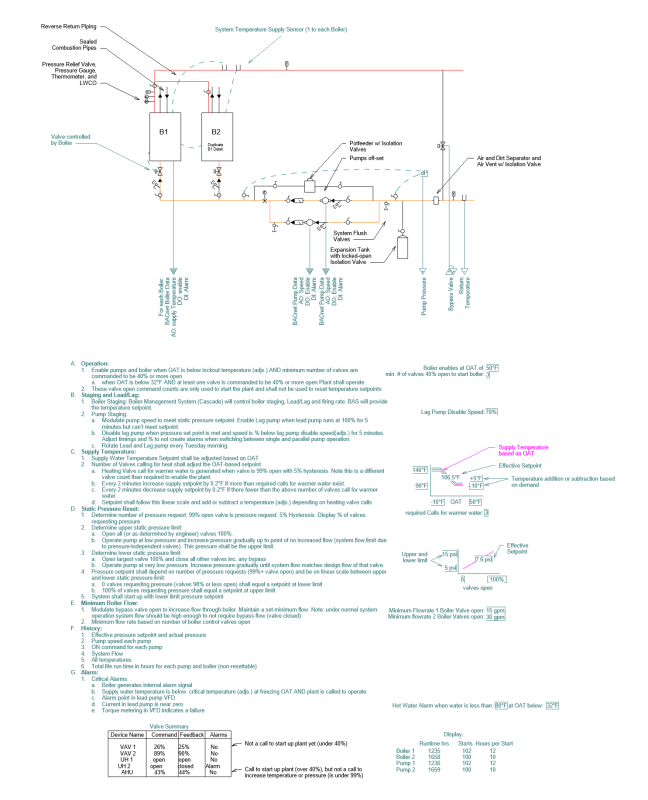Hi dear experts
Could you please let me know how to get right diffrential pressure value in secondary loop of chilled water system supplying different terminal units?
A diffrential pressure transmitter has been installed in farthest unit and all units are equipped with pressure independent valves. a Vfd is controlling the secondary pump speed according to the pressure value.
i need to determine right pressure setpoint.
Your reply will be highly appreciated.
Could you please let me know how to get right diffrential pressure value in secondary loop of chilled water system supplying different terminal units?
A diffrential pressure transmitter has been installed in farthest unit and all units are equipped with pressure independent valves. a Vfd is controlling the secondary pump speed according to the pressure value.
i need to determine right pressure setpoint.
Your reply will be highly appreciated.


![[thanks] [thanks] [thanks]](/data/assets/smilies/thanks.gif)